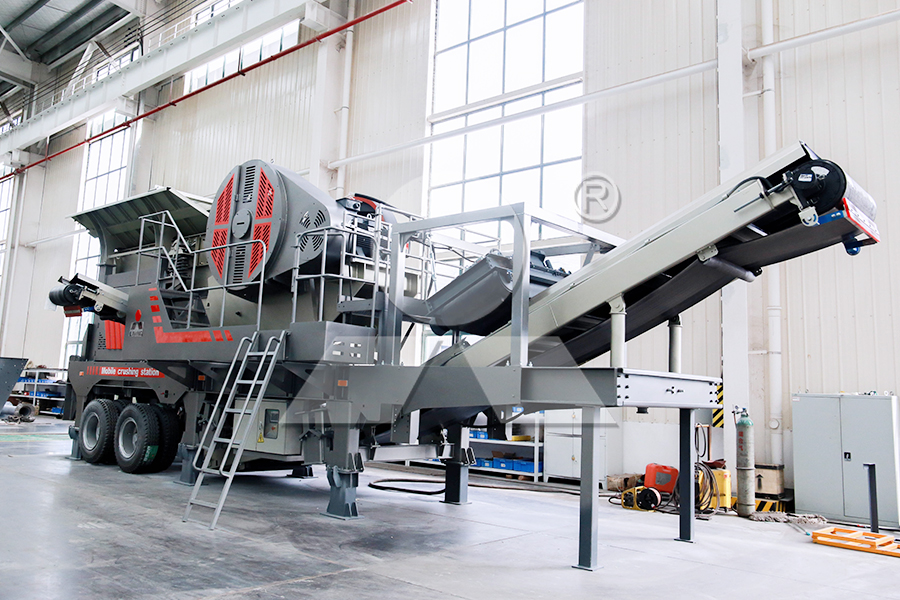

The sand and gravel aggregate industry has ushered in opportunities due to the acceleration of infrastructure construction. The quarry with an annual output of 2 million tons is profitable, and the demand growth is driven by the internal circulation po
The sand and gravel aggregate industry has ushered in opportunities due to the acceleration of infrastructure construction. The quarry with an annual output of 2 million tons is profitable, and the demand growth is driven by the internal circulation policy. The quarry needs to invest in equipment including crushing, screening and environmental protection configuration, and the market prospects are broad.
In recent years, with the accelerated advancement of infrastructure construction, the sand and gravel aggregate industry has ushered in unprecedented development opportunities. The annual output of 2 million tons of aggregate processing project, as a medium-sized quarry project, its finished aggregates are widely used in large-scale projects such as highways and bridges, and the market demand is strong. This article will introduce the profit margin, required equipment and related configuration of the quarry.
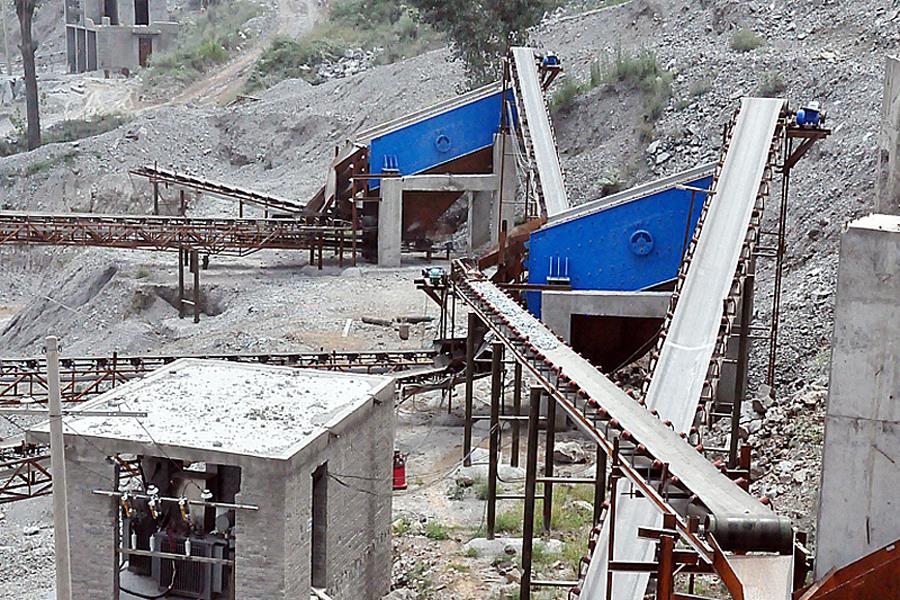
How much money is needed to invest in a quarry with an annual output of 2 million tons?
Profit margin of quarry
With the growth of construction demand, the profit of the quarry is considerable. According to market data, the price of sand and gravel aggregates has continued to rise in the past two years, with an average price ranging from 35 to 150 yuan/ton. If calculated at the market average price of 75 yuan/ton, a quarry with a daily output of 1,000 tons has a daily gross profit of about 60,000 yuan, and the cost can be recovered in about three months. Large-scale quarries are even expected to achieve an annual net profit of over 100 million yuan, making this industry a popular choice for investment in recent years.
Reasons for the growth in demand for sand and gravel aggregates
The demand for aggregates has increased year by year, thanks to the continuous expansion of infrastructure construction. Especially under the impetus of the "internal circulation" economic policy, the market share of machine-made aggregates exceeds 75%, becoming the main raw material for engineering projects. In addition, as natural aggregate resources are gradually depleted, the application prospects of machine-made sand and gravel are even broader.
Equipment configuration required for quarries
The quarry production line usually consists of a series of equipment, including vibrating feeders, jaw crushers, impact crushers or cone crushers, vibrating screens, and sand making machines. In addition, it is also equipped with environmental protection equipment such as dust collectors and sealed conveyor belts to ensure that the production process meets environmental protection requirements.
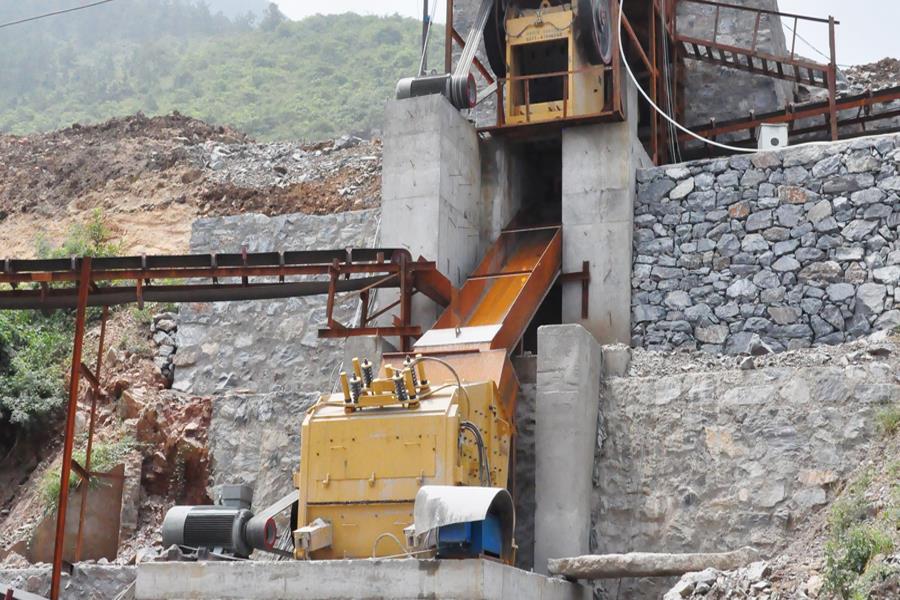
The production process of a quarry usually includes the following steps:
Blasting and transportation: Use rock drills, drills and other equipment to blast the ore, and then use shovels, trucks and other equipment to transport the ore.
Crushing and screening: Large pieces of ore are fed into the jaw crusher through the feeder for preliminary crushing, and then further crushed by the impact crusher or cone crusher, and finally screened by the vibrating screen to obtain finished aggregates that meet the specifications.
Environmental protection measures: The production line is equipped with a dust removal system to ensure that the impact on the environment during the production process is minimized.
The annual output of 2 million tons of aggregate processing projects can not only meet the current infrastructure construction needs, but also bring considerable economic returns. With the growing market demand for machine-made aggregates, investing in quarry projects is undoubtedly a promising option.
Previous: SMP Crusher
Next: SMP Crusher

The sand and gravel aggregate industry has ushered in opportunities due to the acceleration of infrastructure construction. The quarry with an annual output of 2 million tons is profitable, and the demand growth is driven by the internal circulation po
The sand and gravel aggregate industry has ushered in opportunities due to the acceleration of infrastructure construction. The quarry with an annual output of 2 million tons is profitable, and the demand growth is driven by the internal circulation policy. The quarry needs to invest in equipment including crushing, screening and environmental protection configuration, and the market prospects are broad.
In recent years, with the accelerated advancement of infrastructure construction, the sand and gravel aggregate industry has ushered in unprecedented development opportunities. The annual output of 2 million tons of aggregate processing project, as a medium-sized quarry project, its finished aggregates are widely used in large-scale projects such as highways and bridges, and the market demand is strong. This article will introduce the profit margin, required equipment and related configuration of the quarry.

How much money is needed to invest in a quarry with an annual output of 2 million tons?
Profit margin of quarry
With the growth of construction demand, the profit of the quarry is considerable. According to market data, the price of sand and gravel aggregates has continued to rise in the past two years, with an average price ranging from 35 to 150 yuan/ton. If calculated at the market average price of 75 yuan/ton, a quarry with a daily output of 1,000 tons has a daily gross profit of about 60,000 yuan, and the cost can be recovered in about three months. Large-scale quarries are even expected to achieve an annual net profit of over 100 million yuan, making this industry a popular choice for investment in recent years.
Reasons for the growth in demand for sand and gravel aggregates
The demand for aggregates has increased year by year, thanks to the continuous expansion of infrastructure construction. Especially under the impetus of the "internal circulation" economic policy, the market share of machine-made aggregates exceeds 75%, becoming the main raw material for engineering projects. In addition, as natural aggregate resources are gradually depleted, the application prospects of machine-made sand and gravel are even broader.
Equipment configuration required for quarries
The quarry production line usually consists of a series of equipment, including vibrating feeders, jaw crushers, impact crushers or cone crushers, vibrating screens, and sand making machines. In addition, it is also equipped with environmental protection equipment such as dust collectors and sealed conveyor belts to ensure that the production process meets environmental protection requirements.

The production process of a quarry usually includes the following steps:
Blasting and transportation: Use rock drills, drills and other equipment to blast the ore, and then use shovels, trucks and other equipment to transport the ore.
Crushing and screening: Large pieces of ore are fed into the jaw crusher through the feeder for preliminary crushing, and then further crushed by the impact crusher or cone crusher, and finally screened by the vibrating screen to obtain finished aggregates that meet the specifications.
Environmental protection measures: The production line is equipped with a dust removal system to ensure that the impact on the environment during the production process is minimized.
The annual output of 2 million tons of aggregate processing projects can not only meet the current infrastructure construction needs, but also bring considerable economic returns. With the growing market demand for machine-made aggregates, investing in quarry projects is undoubtedly a promising option.
Previous: SMP Crusher
Next: SMP Crusher
 Quartz sand making process and required equipment
Quartz sand making process and required equipment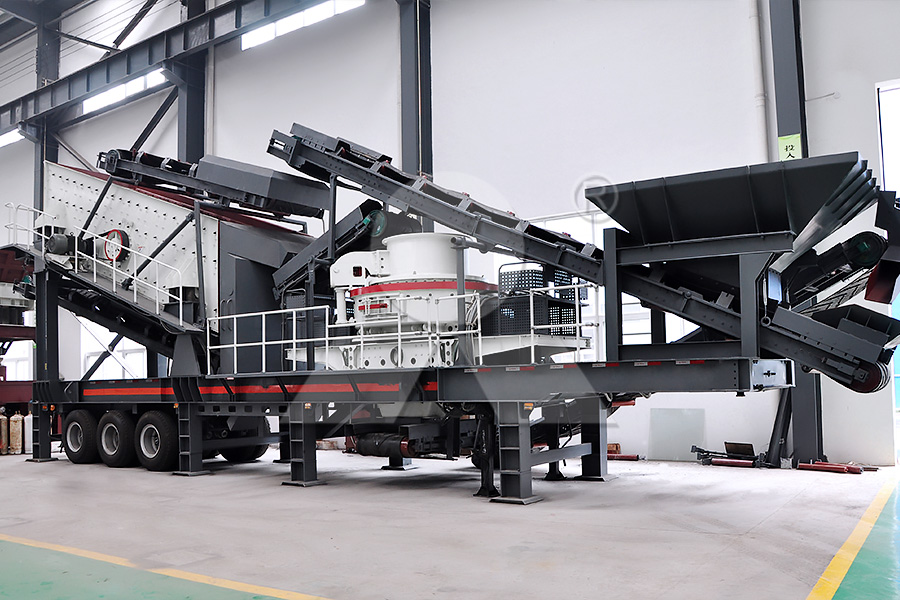 Large stone production line equipment introduction
Large stone production line equipment introduction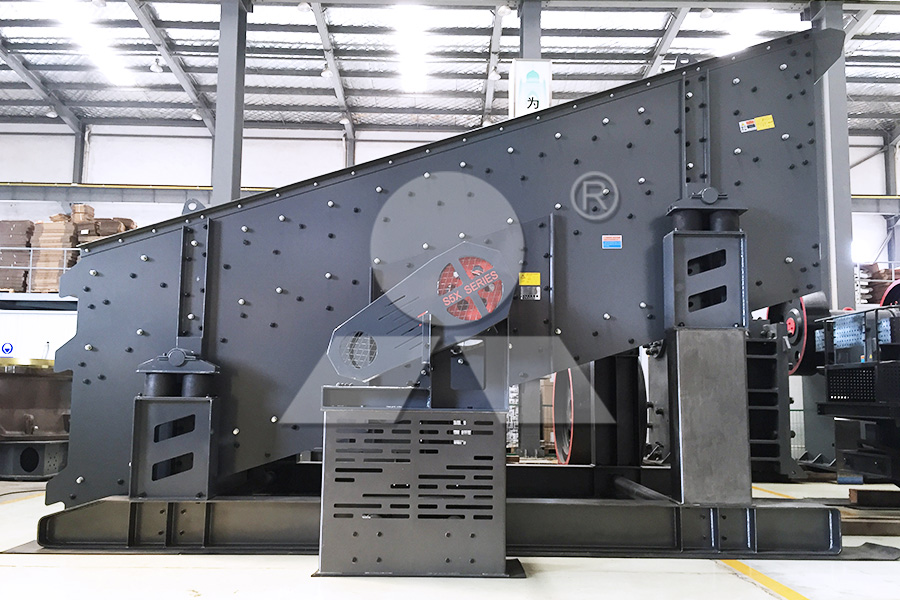 Configuration plan for 700 tons per hour large-scale machine-made sand and gravel production line
Configuration plan for 700 tons per hour large-scale machine-made sand and gravel production line What are the calcite production equipment? How much does a complete calcite production line cost?
What are the calcite production equipment? How much does a complete calcite production line cost?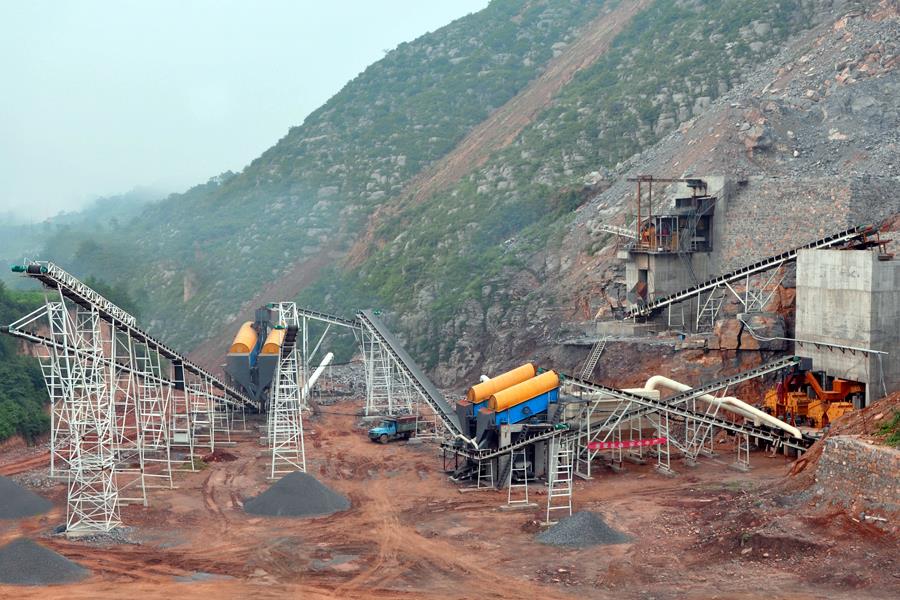 What are the advantages of mobile crushing station equipment for crushing granite
What are the advantages of mobile crushing station equipment for crushing granite Quartz sand making process and required equipment
Quartz sand making process and required equipment Large stone production line equipment introduction
Large stone production line equipment introduction Configuration plan for 700 tons per hour large-scale machine-made sand and gravel production line
Configuration plan for 700 tons per hour large-scale machine-made sand and gravel production line What are the calcite production equipment? How much does a complete calcite production line cost?
What are the calcite production equipment? How much does a complete calcite production line cost? What are the advantages of mobile crushing station equipment for crushing granite
What are the advantages of mobile crushing station equipment for crushing granite